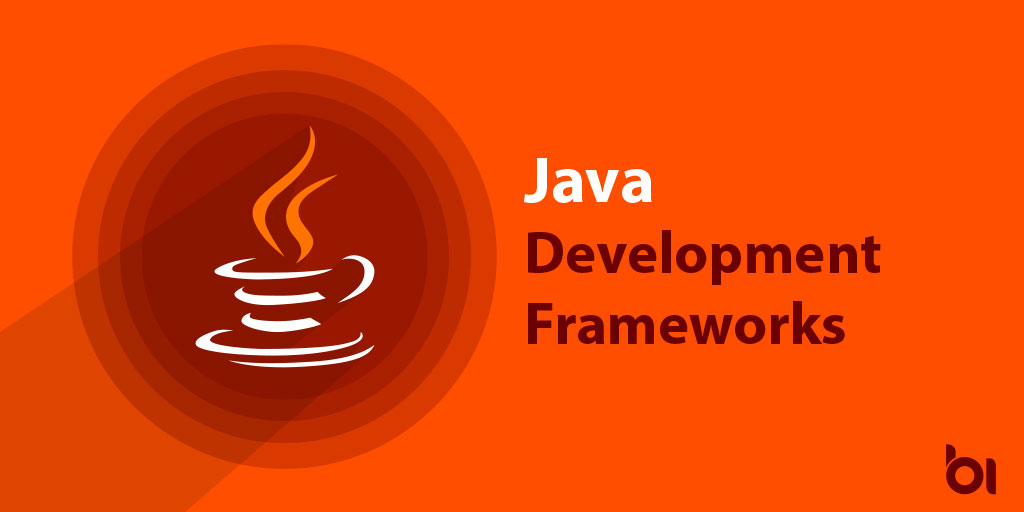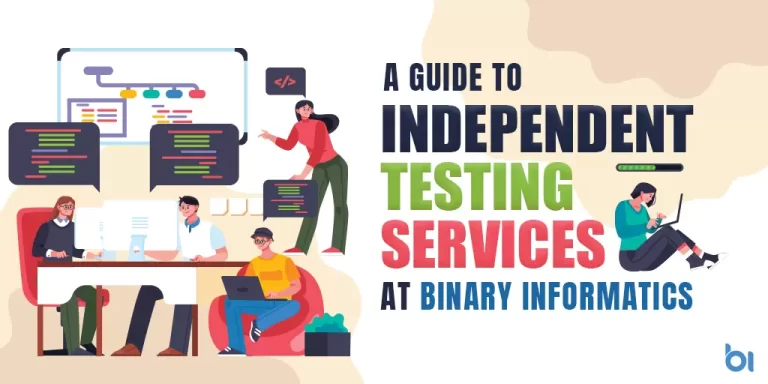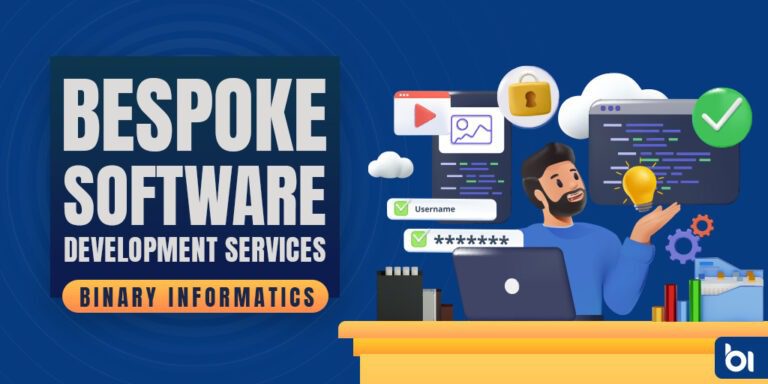Java Development Frameworks make the coding procedure quicker, on account of their inbuilt modules and capacities.
Once in a while, such a large number of alternatives can confound you and that is actually the situation with Java Development Frameworks.
On the off chance that you request for a suggestion in web development and programming forums, each developer will give you various recommendations dependent on his own preferences.
Subsequently, it turns out to be extremely hard to choose the one framework that will fit every one of your necessities.
Here in this article, I will talk about the highlights of some outstanding Java Development Frameworks and I guarantee you that my sole expectation is to not impact your choice.
Read the accompanying passages to get an exhaustive thought and after that choose, what suits you best?
Most Popular Java Frameworks 2019
1. Blade
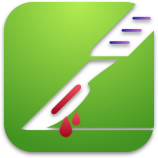
Blade is a lightweight and superior Java structure that enables you to manufacture quick web applications clearly. The makers need clients to comprehend the entire system in a single day. In this manner, Blade focuses on simplicity and polish.
The Blade framework takes after the MVC (Model-View-Controller) programming configuration design. It has a straightforward outline, as it doesn’t rely upon any outsider libraries or presents such a large number of layers.
Pros
- The code is easy and the structure is clear
- You can choose which components to use
- Support plug-in extension mechanism
- The restful style routing interface
2. Javalin

Javalin is one of great Java Development Frameworks for Java and Kotlin. Javalin is composed in Kotlin and has support for both Java and Kotlin.
On the off chance that you need to compose a decent REST API, it is a delight with Javalin. Javalin is effectively developed with new forms released every few weeks.
Pros
- Lightweight, full lifecycle, non-invasive
- Self-documenting models
- Automatic addition of setter/getter methods
- Robust and Industry Proven
- UML Based Notation
(Popular Frameworks in Java)
3. Grails
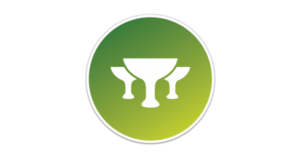
Grails is one of the extremely powerful Java Development Frameworks that empowers you to quickly begin composing the code for your web application, whatever it might be.
It’s utilized inside the Java Virtual Machine, and it comes furnished with an assortment of integral assets, for example, asynchronous programming, and Compile-time multiprogramming, alongside run-time and domain-specific languages that you can utilize.
A standout amongst the best things about the Grails Web Framework is the way that it works for any size venture, and there are such a significant number of bolstered modules that consider that task to be executed easily and quickly, and you can test your improvements and alterations out simply.
Pros
- Easy to Set Up
- Over 900 Plugins
- Excellent Documentation
- Easy to Use
- Works for Any Size of Project
People also want to read: Java Web Development
4. GWT (Google Web Toolkit)

Google Web Toolkit comes legitimately from your preferred web search tool, Google! It is an open source tool that empowers you to effortlessly create and adjust front-end Java applications, paying little respect to how complex these applications are.
An incredible aspect regarding Google Web Toolkit is the way that it is created by Google, and accordingly, it has a lot of help, a lot of extraordinary documentation, and the entire thing feels proficient well-created and intensive in its execution.
It is easy to learn, and you can utilize it to build up those front-end applications that you need, just as to make these unbelievably responsive web applications that equalization the heap on both the server-side and client-side frameworks. Alongside this, there is the way that Google Web Toolkit enables you to easily coordinate that multi-functionality.
Pros
- Easy to Use
- Accessible
- Develops Very Responsive Applications
- Balances the Load On Server and Client-Side Systems
- Excellent Documentation
(Types of framework in java)
5. Hibernate

Hibernate is a stable object-relational mapping framework that improves correspondence conceivable between the Java programming language and social database the executive’s frameworks (RDBMSs).
When you work with object-oriented languages like Java, you’ll experience an issue called Object-Relational Impedance Mismatch (once in a while additionally called Paradigm Mismatch).
OO languages and RDBMSs handle information in an unexpected way, which can prompt mis-coordinate issues. While OO languages structure information as pecking order of articles, social databases speak to information in a forbidden arrangement.
For example, one of these mismatch issues is the point at which the item model has a bigger number of classes than the number of accessible tables in the social database.
Pros
- Very Powerful
- Easy to convert data for multiple databases
- Speedy
- Easy to scale
- Easy to configure and modify
6. PrimeFaces

PrimeFaces is one of the well-known Java Development Frameworks for making lightweight UIs for Java EE and JavaServer Faces (see above) applications. It’s utilized by numerous Fortune 500 organizations, government entities, and instructive foundations.
The PrimeFaces library is genuinely lightweight. It’s bundled as a solitary JAR record, requires zero arrangement, and doesn’t have any conditions.
It enables you to make a UI for your Java application by offering you a rich arrangement of parts (100+), a built-in skinning framework, and pre-designed themes and layouts.
As PrimeFaces is based over JavaServer Faces, it acquires its highlights, for example, rapid application development. You can likewise add the system to any Java projects.
Pros
- Supported by Oracle
- Comes with fantastic documentation
- Excellent Tools
- Rich Libraries
- Convenient if you use IDE’s
7. Play
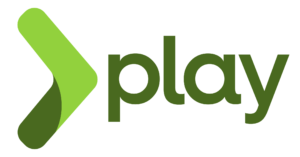
Its fame can be assessed by the way that it is broadly utilized by top organizations, for example, Samsung, LinkedIn, Verizon, The Guardian, and the sky is the limit from there.
Since it utilizes an asynchronous model that permits the statelessness principle, Play framework offers speed, execution, and adaptability.
Based upon Akka Toolkit, Play framework compresses the making of concurrent and distributed applications on the Java Virtual Machine.
Its UI is simple and instinctive thus developers can without much of a stretch comprehend its essential highlights to start the development project rapidly.
Pros
- Hot reload for all Java code, designs, and formats
- Supports non-blocking I/O which is significant for superior applications
- Open source with a huge network to contribute
- Business backing is likewise accessible
- Incorporate and runtime mistake can be taken care of well
8. Spring
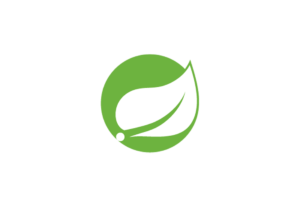
The word “spring” signifies diverse things in various contexts. It may be utilized to allude to the Spring Framework project itself, which is the place everything has begun.
After some time, other Spring projects have been based over the Spring Framework. Frequently, when people say “Spring”, they mean the whole group of tasks.
According to Spring.io, Spring Framework is separated into modules. Applications can pick which modules they require.
At the heart are the modules of the center container, including the configuration model and a dependency injection mechanism.
Beyond that, the Spring Framework gives primary help to various application architectures, including informing, transactional data and persistence, and web.
It additionally incorporates the Servlet-based Spring MVC web framework and, in parallel, the Spring WebFlux responsive web system.
Pros
- Comprehensive programming and design model
- Supports conventional database RDBMS just as new NoSQL
- Give in backward similarity and testability of code
- Free coupling can be accomplished utilizing IoC
- Supports Aspect Oriented Programming and empowers cohesive development
- JBDC reflection layer for an uncommon chain of command
Final Thoughts
Each Java Development Frameworks that we have recorded contains its very own pros, as we have recorded. One thing to think about is the idea of your web application project, what the number of individuals is dealing with it, and the precise reason for it. Contingent upon the size of your application, you may go for something like Hibernate or Grails.
That, and think about your own degree of involvement with Java and your own comprehension of other Java Development Frameworks.
In the event that you are new to the majority of this, at that point, Google Web Toolkit(GWT) might be the best approach. Everything relies upon various elements, yet paying little heed to that, we at Binary Informatics supports you, and we can have each and every one of these Web Frameworks.
To pick, just think about the idea of your application, the size of the application, and your involvement with utilizing Java Development Frameworks and composing web applications in Java. At that point, pick which one works best for you!
If you want to hire java developers then talk to our experts at
Email: – info@binaryinformatics.com
Skype: – @binaryins

